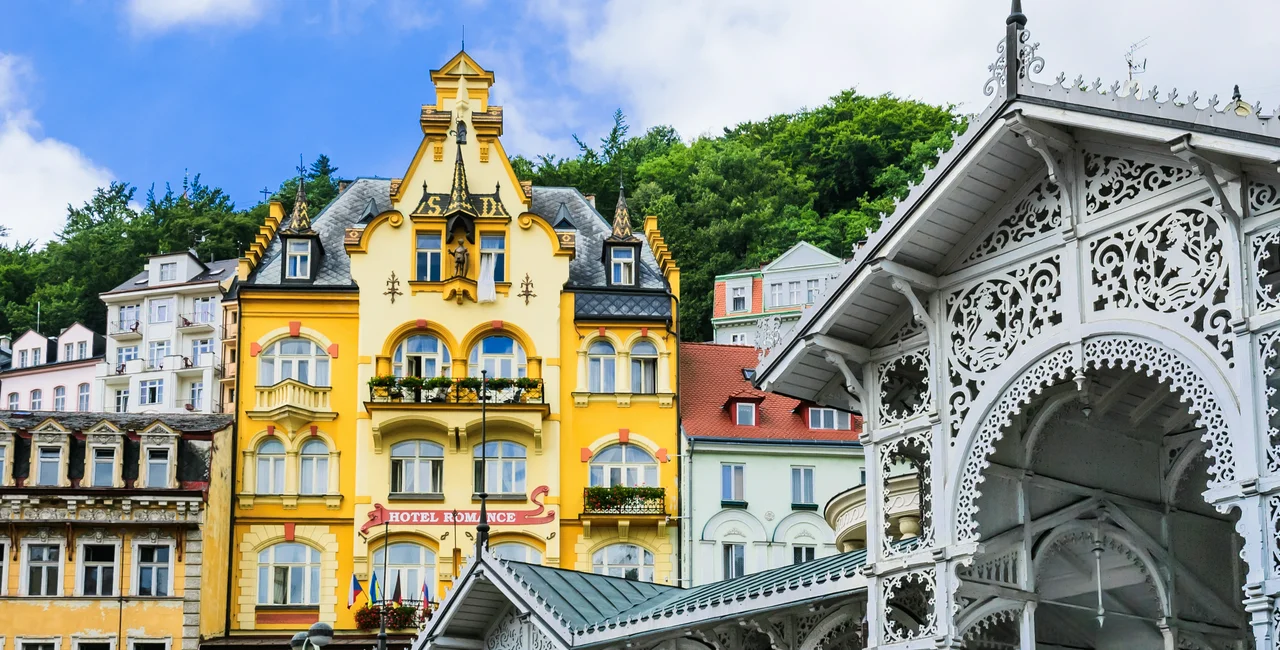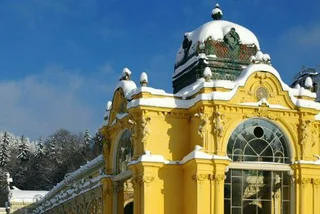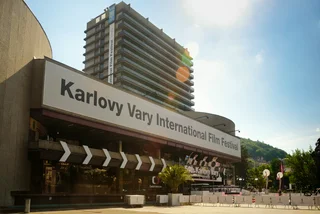Fuzhou, China/Prague, July 24 (ČTK) - Eleven European spa towns, including the Czech Republic's Karlovy Vary, Mariánské Lázně, and Františkovy Lázně, have been designated UNESCO World Heritage, the UNESCO intergovernmental committee decided at its 44th meeting in Fuzhou today, the Culture Ministry informed ČTK.
Due to the coronavirus pandemic, the meeting is being held online from July 16 to 31.
Along with the three spa towns in West Bohemia, another eight have entered the UNESCO list: Baden-Baden, Bad Ems and Bad Kissingen in Germany, Spa in Belgium, Vichy in France, Montecatini Terme in Italy, Baden near Vienna in Austria, and the City of Bath in England. The towns will collectively be entered as one item on the register.
The announcement puts the number of UNESCO-listed sights in the Czech Republic at 15.
The application for the UNESCO list entry was jointly drafted by Belgium, France, Italy, Germany, Austria, and Britain. The Czech Republic coordinated the project.
🔴BREAKING
— UNESCO ðŸ›ï¸ #Education #Sciences #Culture 🇺🇳😷 (@UNESCO) July 24, 2021
New inscription on the @UNESCO #WorldHeritage List: The Great Spas of Europe (#Austria 🇦🇹, #Belgium 🇧🇪, #Czechia 🇨🇿, #France 🇫🇷, #Germany 🇩🇪, #Italy 🇮🇹, #UK 🇬🇧). Congratulations! ðŸ‘
â„¹ï¸ https://t.co/X7SWIos7D9 #44WHC pic.twitter.com/l9V0EJltkG
The International Council on Monuments and Sites focused on heritage protection around the world, recommended the nomination. The council mainly highlighted two criteria: the exceptional architecture of the spa towns and the phenomenon of spa stays, including treatments and balneotherapy methods.
"The project is an excellent example of international cooperation between sectors, institutions, and experts from seven European countries," said Culture Minister Lubomír Zaorálek.
"I greatly appreciate the support from the mayors of the respective towns who backed the project tirelessly and secured it financially for its long-time demanding preparation. I am proud that the Czech Republic became the coordinator of the entire project and brought it successfully to the entry as the leader of the participating European countries," he added.
The famous spa towns in Europe, which were mostly founded around natural mineral springs, are a testimony to the phenomenon of European spa treatment that was prevalent from the beginning of the 18th century until the first part of the 20th century, the ministry said.
Spa visits typically combined spa and curative procedures both indoors and outdoors with a variety of leisure time activities, which was reflected in the unique look of the spa towns and their architecture.
The complexes of spa buildings include pavilions and sanatoriums as well as halls and colonnades with mineral springs for drinking therapy accompanied by municipal houses for social activities, casinos, theatres, and other cultural facilities that were all incorporated into the landscape of rising hot and cold mineral springs, parks, gardens, promenades, and sports grounds.
Europe's spa towns were able to compete with large metropolises and became a source of intellectual, artistic, social, and political activity, the ministry said.
A total of 15 Czech heritage sites have entered the UNESCO's World Heritage List so far.
The first ones were the historical centers of Prague, Český Krumlov and Telč, both in South Bohemia, all listed in 1992, followed by the Renaissance chateau in Litomyšl, East Bohemia, the South Bohemian village of Holašovice, the chateau and gardens in Kroměříž, South Moravia, the center of Kutná Hora together with St. Barbara Cathedral, Central Bohemia, the pilgrim church of St. John Nepomuk at Zelená hora in Žďár nad Sázavou, South Moravia, the chateau and garden complex of Lednice and Valtice, South Moravia, the Trinity Baroque column in Olomouc, Central Moravia.
Villa Tugendhat in Brno, South Moravia, was listed in 2001, and the Jewish Quarter and St. Procopius Basilica in Třebíč, South Moravia, were added in 2003. In 2019, the Saxony-Czech Erzgebirge/Krušnohoří (Ore Mountains) mining region and the Kladruby nad Labem national stud farm, East Bohemia, were UNESCO-listed.
The Czech items on the UNESCO list of world intangible cultural heritage are falconry (listed in 2010), the Ride of the Kings (2011), the Slovácký verbuňk dance (2005), the Shrovetide processions (2010), which is Pentecost tradition from the Hlinsko area, puppetry (2016) and the blueprint textile technique (2018), for which the Czech Republic applied along with Slovakia, Germany, Austria, and Hungary, as well as the Czech blown-glass and beaded Christmas decorations manufacturing that entered the UNESCO list last year.












 Reading time: 3 minutes
Reading time: 3 minutes 






























